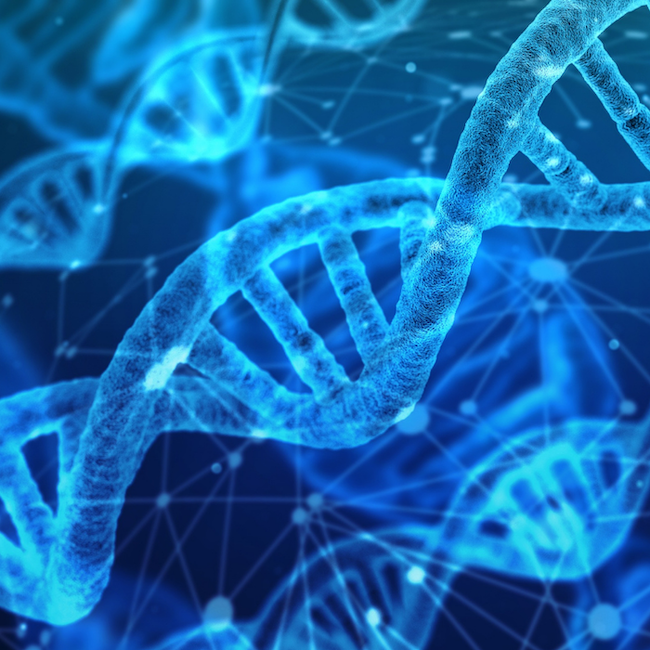It took 21 years of work to complete the new mapping of the human genome. Compared to the 2001 version, researchers deciphered 8% more of the unresolved code, which, until now, was marked with the letter ‘N’, indicating unknown elements. “We are witnessing improvements never seen before” – researchers affirm. Their work, consisting on six papers, is collected in a special issue of Science, evocatively titled “Filling the Gaps.”
The research, result of Telomere-to-Telomere (T2T) Consortium’s work, aims at trying to complete the reading of the human genome, adding about 200 megabases of genetic information, a full chromosome’s worth.
Thanks to this work, researchers managed to understand how a part of the human genome is composed of segmental duplications. “Through the resolution of previously unsequenceable and unalignable regions mostly composed of highly repetitive sequences, this reference genome allows for a detailed characterization of repeats, transposable elements, and segmental duplications” – the researchers state.
An example of this feature is the lipoprotein A gene and its highly repeated domain: individuals with a lower frequency of this domain in their DNA have a greater risk of developing cardiovascular diseases.
The mapping of these genomic sequences, including mappings in previously published studies, “resolves aspects of human genetic diversity, including evolutionary comparisons with our primate relatives.”
These investigations have begun to question how the reference genome “influences the detection of biomedically relevant variants and the evolution of genomic regions that determine human traits.”
Although researchers still have much to discover “the T2T reference genomeprovides another celebratory benchmark to observe as we continue to delve into the genetics that underlie our complete selves”.
“Generating a truly complete human genome sequence is an incredible scientific achievement” – Eric Green, director of the National Human Genome Research Institute, comments. “This fundamental information will strengthen the numerous ongoing efforts to understand all the functional nuances of the human genome, which will in turn empower genetic studies on human diseases” – he affirms.

